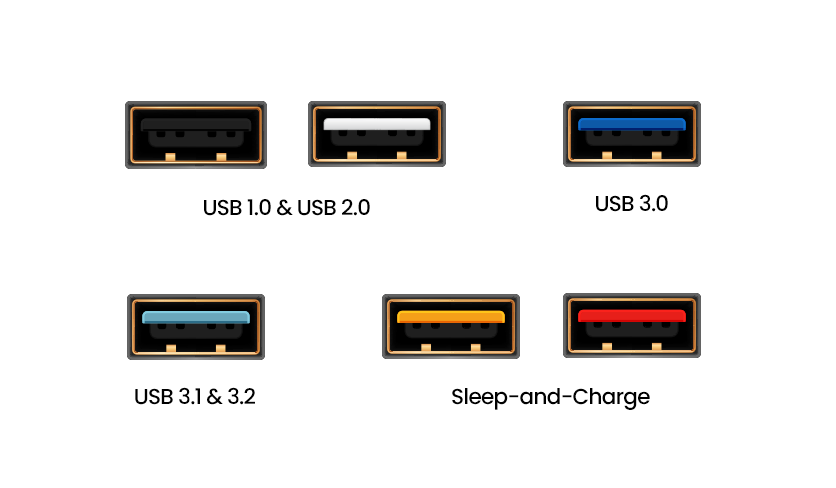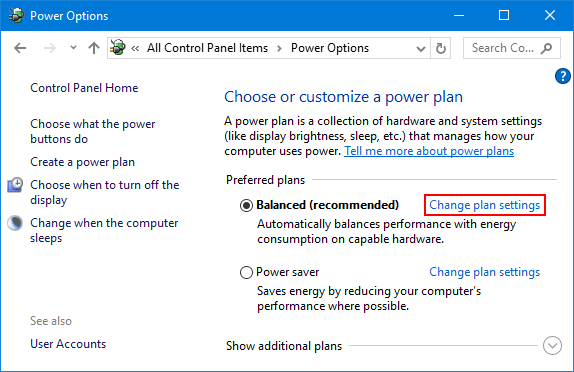

While the data happens on D+/-, charging current is provided on the 5 volt wires. There are 5VDC, ground and a data pair called Data+ (D+) and Data- (D-). The good folks at the USB implementers forum (USB-IF) define the USB 2.0 cable as having four wires plus a grounded shell (Figure 2). Proprietary USB 2.0 cables like these will soon give way to the universal micro USB charging cable, followed soon by USB 3.0. Here’s how it works, and some subtleties that make it better.įigure 1. The secret is the USB-IF’s Battery Charging Specification BC1.2 that-when implemented with smart charging features from vendors like Texas Instruments and Pericom Semiconductor-make trickle- and fast-charging a snap. But how can USB replace all those legacy cables, wall wart chargers and other “bricks”? I, for one, am grateful to ditch the rat’s nest of cables in my desk (Figure 1) in favor of a single micro USB connector for everything except Apple products. From handheld GPS, fitness bands and smartphones to this year’s wearable connected watches, USB 2.0 (and soon 3.0) charges it all.

USB 2.0 and 3.0 have evolved from a fast data connection for peripherals like external HDDs and digital cameras, to the de facto low voltage way to charge battery-operated devices. What makes USB 2.0 the universal battery charger-and what nuances make charging so efficient?

Ciufo, Editor, Embedded, Extension Media, LLC


 0 kommentar(er)
0 kommentar(er)
